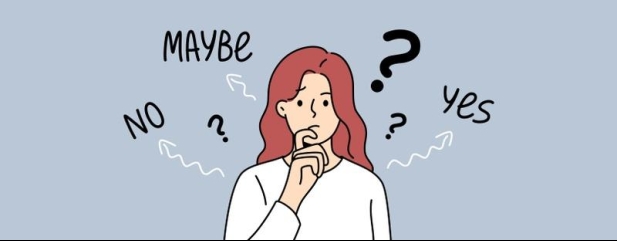Archived article
Please note that tax, investment, pension and ISA rules can change and the information and any views contained in this article may now be inaccurate.
I want to pay a lump sum into my pension but could I breach my annual allowance?

I am paying into both my SIPP and a workplace pension scheme. I earn about £50,000 a year and pay about £500 a month into my SIPP. My workplace pension scheme contributions are paid completely by my employer, whom I have a salary sacrifice arrangement with.
I have just had a windfall of a cash lump sum and want to pay in more money into my pension. Hopefully up to the maximum allowed this year.
I understand that there are limits on the maximum amount you can make to a pension, called the annual allowance. But is there also a limit which is related to how much I earn?
Could you help me make sense of it?
Donna
Rachel Vahey, AJ Bell Head of Public Policy, says:
Figuring out how much people can pay into a pension shouldn’t be a tough question, but unfortunately it often is. There are four different controls on how much they can pay in, so navigating through the rules can be difficult.
The amount people can pay into any pension and benefit from tax relief is based on their earnings and how much tax they pay. The general rule is they can personally pay in up to 100% of their taxable UK earnings, including any tax relief.
OTHER LIMITS TO BE AWARE OF
But there are other limits to be aware of. These are the three annual allowances. The standard annual allowance is £60,000 and includes someone’s personal contributions, their employer contributions and tax relief on their contributions to the SIPP. (It went up to £60,000 this tax year, before that it was £40,000.)
There are two other annual allowances. One is called the tapered annual allowance. This applies to very high earners – those who earn over £260,000 could get caught. It reduces their annual allowance on a sliding scale depending on how much they earn. If they earn £360,000 or over then their annual allowance falls all the way down to £10,000.
The third and final annual allowance is the money purchase annual allowance. If someone has ‘flexibly accessed’ their pension – usually by taking money from an income drawdown plan – then they trigger this allowance. It reduces their annual allowance to £10,000. And there it will stick. Even if they don’t withdraw any more money from their pension. (If they only take their tax-free cash from their pension or buy a standard annuity, they avoid triggering this allowance.)
If their total pension contributions are below the standard annual allowance of £60,000 they can make it up to that level by contributing to their pension. If they pay into a SIPP, they will have to remember to include their 20% tax relief which gets added to their pension pot.
But watch out – they can’t personally contribute more than they earn, including tax relief.
Anything they put in that takes them over their 100% earnings figure will be returned to them, and the tax relief they received on it returned to the government.
WHAT HAPPENS IF YOU EXCEED THE ALLOWANCE
However, if an individual’s total contributions go over the annual allowance then it’s a different story. There’s a tax charge on the excess. This is called an annual allowance charge and it effectively cancels out the tax relief they receive above the allowance. But it’s not as neat a solution as having their contributions just returned to them, as it involves more interaction with HMRC. So, as you can see, sometimes it’s your earnings that is the limiting factor, sometimes it’s the annual allowance.
Finally, if someone hasn’t reached their maximum annual allowance in the last three tax years, they can carry forward any unused annual allowance to the current tax year. (Remember, over the last three years the annual allowance was £40,000, not £60,000.)
They must use up the current annual allowance for this tax year before they start on any unused allowance on previous years. But even if they have enough unused annual allowance to justify a really big payment into their pension, they have to remember to stick to that first limit of not being able to put in more than 100% of what they earn. It’s no wonder people struggle with this.
Important information:
These articles are provided by Shares magazine which is published by AJ Bell Media, a part of AJ Bell. Shares is not written by AJ Bell.
Shares is provided for your general information and use and is not a personal recommendation to invest. It is not intended to be relied upon by you in making or not making any investment decisions. The investments referred to in these articles will not be suitable for all investors. If in doubt please seek appropriate independent financial advice.
Investors acting on the information in these articles do so at their own risk and AJ Bell Media and its staff do not accept liability for losses suffered by investors as a result of their investment decisions.
Issue contents
Editor's View
Exchange-Traded Funds
Feature
Great Ideas
News
- Blow-out US jobs report sends stocks higher despite implications for rates
- Tesla shares slide in 2024 as investors mull their next moves
- Elementis shares soar after receiving a preliminary bid from US fund
- Ferrari gets into top gear to buck softer luxury goods trend
- Meta Platform’s dividend call stuns the market
- Can British Gas owner Centrica continue to deliver?
 magazine
magazine








